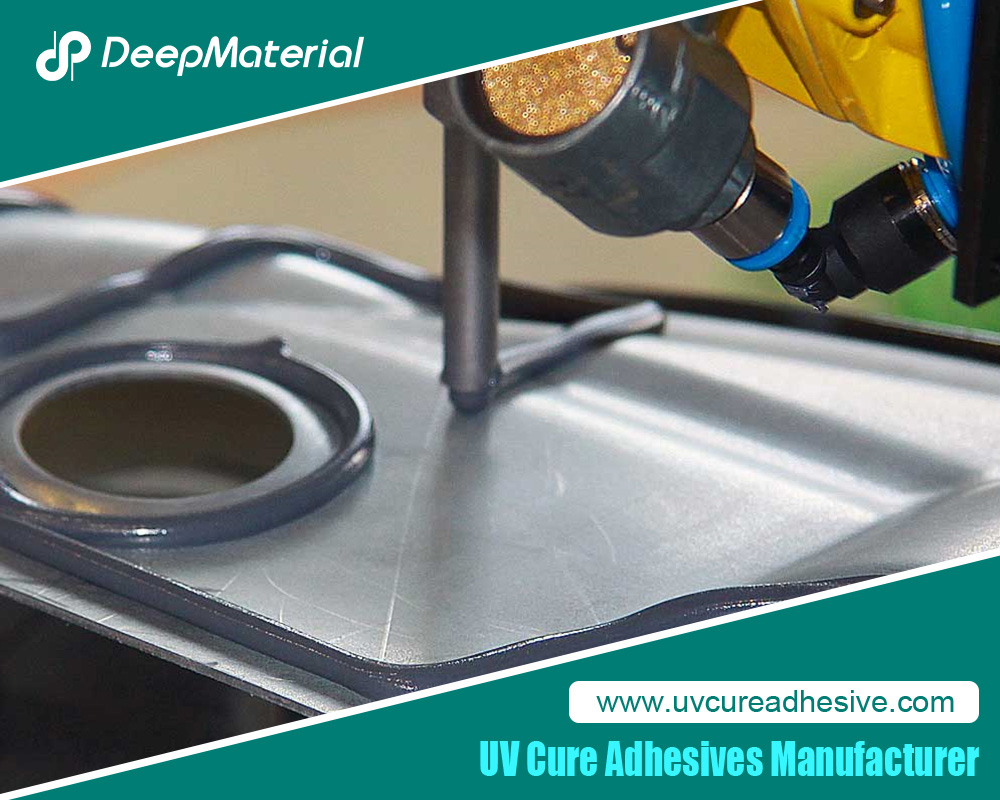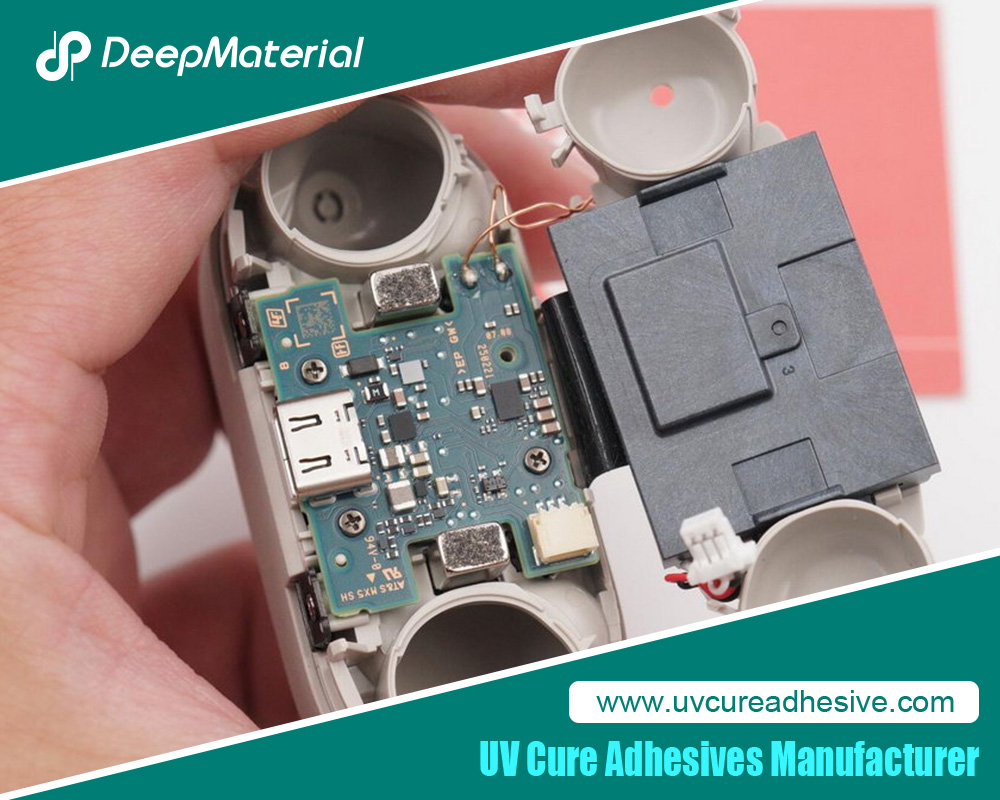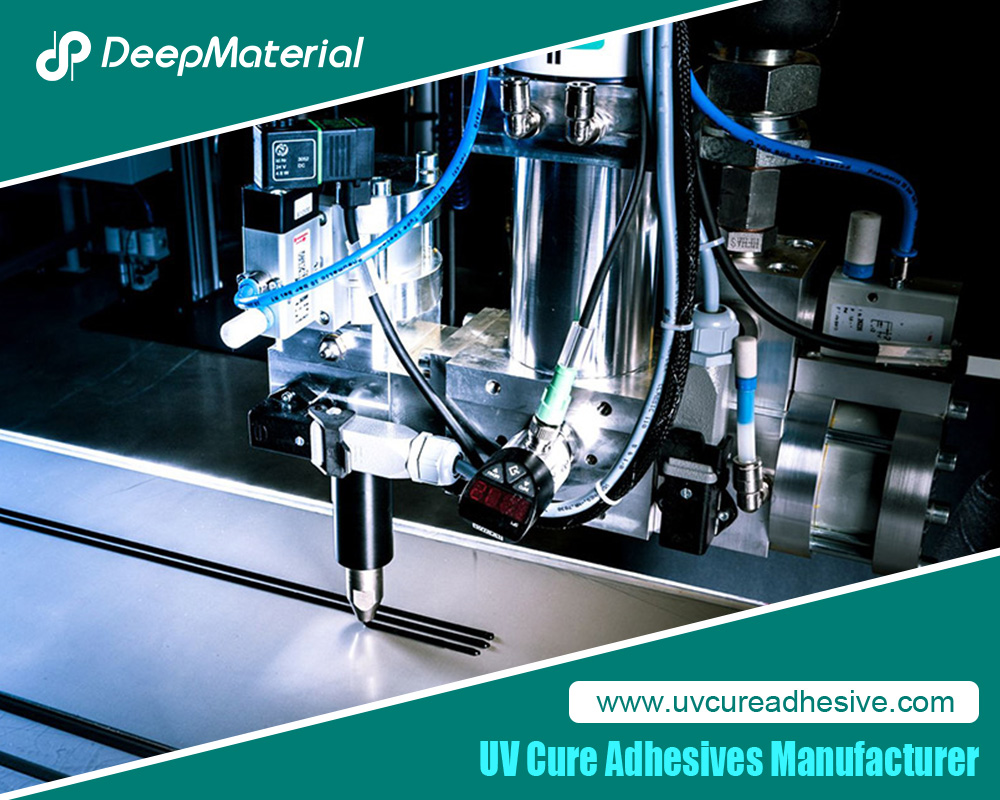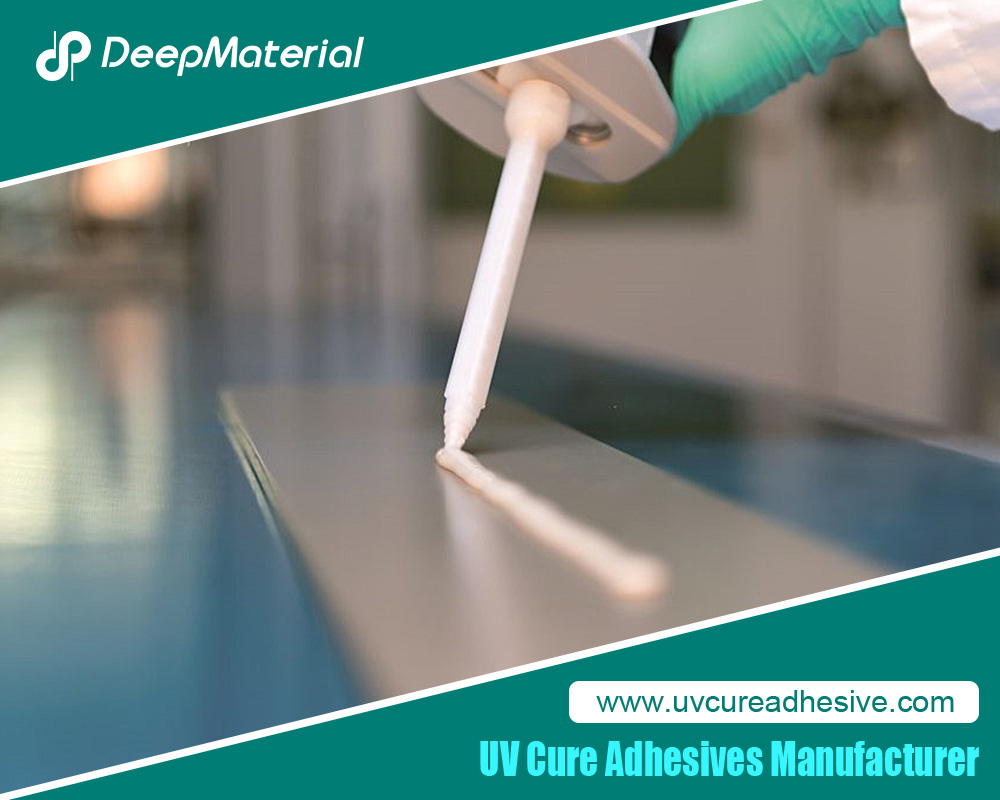Innovations in Cardiac Surgery: The Use of Low-Viscosity Adhesive
Heart surgery is very important in medicine. It helps fix heart problems with operations. New tools and ways of doing these surgeries have made big improvements. They help patients get better faster and with fewer problems. A big change in heart surgery is using a special kind of glue called low-viscosity adhesive. This new way of doing things has many good points and might become a common way to do heart surgeries.
The Benefits of Using Low-Viscosity Adhesive in Cardiac Surgery
Using this special glue in heart surgery has big benefits. One of the main ones is it causes less bleeding and doesn’t hurt the heart as much. The old way of stitching can sometimes make too much bleeding and hurt the heart. This can make the surgery take longer and be riskier for patients. But this special glue is more careful and exact in sealing cuts, so there’s much less bleeding and damage.
This glue also makes surgeries quicker and better. It’s easy to put on, so there’s no need for a lot of stitching. This saves a lot of time and lowers the chance of problems while the surgery is happening. Plus, it sticks tissues together really well. This means the cut closes securely and there’s less chance of issues after the surgery.

Using this glue has also been shown to help patients get better faster. With less bleeding and damage, patients don’t hurt as much after surgery. They can heal quicker and get back to their normal lives faster. Also, because the glue lets surgeons be very exact, surgeries tend to go better. This means patients are more likely to have successful surgeries and have a better life afterward.
How Low-Viscosity Adhesive Works in Cardiac Surgery
Low-viscosity adhesive is a special glue used in heart surgery. It’s made from materials that are safe to use inside the body. When doctors put it on a cut, it spreads out quickly and fills any small spaces, making a tight seal. This way, the glue closes the cut well and stops any leaks or problems.
This glue is better than the old way of stitching cuts for a few reasons. Stitching takes a lot of time because it uses needles and thread to sew the cut. It can also hurt the tissue around the cut. But with low-viscosity adhesive, you can put the glue right on the cut. This saves time and lowers the chance of getting an infection or a scar.
Also, this glue spreads the pressure evenly over the cut, making a stronger and safer closure. Sometimes, stitches can pull too tight in some spots and not enough in others. This can cause problems like the wound opening again or not healing right. The glue makes sure the pressure is the same everywhere, helping the cut heal better and with fewer problems after the surgery.
The History of Low-Viscosity Adhesive in Cardiac Surgery
The use of low-viscosity adhesive in heart surgery is an important progress in this area. How we use this glue has changed and gotten better over time, thanks to the work of many important people. The first time adhesives were tried in heart surgery was back in the 1960s. Back then, doctors started looking for new ways to close cuts from surgery.
A leading figure in this work was Dr. Albert Johnson. He tried out different kinds of glue and ways to use them in surgery. His important work helped others to learn more and make better glues for surgery. Since then, new technologies and better materials have made this glue more effective and safer to use.
The Use of Low-Viscosity Adhesive in Minimally Invasive Cardiac Surgery
Minimally invasive heart surgery has become more popular because it has many benefits compared to the big surgeries of the past. A big part of its success is due to a special kind of glue called low-viscosity adhesive. This glue helps a lot in these smaller surgeries.
Firstly, this glue lets doctors make smaller cuts. Smaller cuts mean less scarring and quicker healing. Doctors can put the glue in through tiny openings, so they don’t have to make big cuts like in older surgeries. This looks better and lowers the chance of problems like infections or the wound opening up.
Secondly, using this glue helps doctors do complicated heart operations with more care and less risk. The glue seals the cuts well, so doctors can work on the heart without worrying about bleeding or hurting the tissue. This makes the surgery safer and helps patients get better results.
Many patients who had surgery with this glue got better faster. They stayed in the hospital for less time, felt less pain, and healed quicker than with big surgeries. These good results show how helpful this glue could be for heart surgery.
The Future of Low-Viscosity Adhesive in Cardiac Surgery
Looking ahead, this special glue has a bright future in heart surgery. As science gets better, we might see new kinds of this glue that work even better. Scientists are looking at new materials that could make the glue more effective.
Also, combining this glue with new surgery technology is an exciting area of study. For example, using this glue with robot-assisted surgery could make operations even more precise. These improvements could really change heart surgery for the better.
The Advantages of Low-Viscosity Adhesive over Traditional Suturing Techniques
When we compare this glue to the old way of sewing cuts, the glue has many benefits. First, it saves a lot of time. Sewing takes a while because each stitch has to be perfect. But with the glue, doctors can seal cuts fast, making the whole operation quicker.
Next, the glue makes a stronger seal than stitches. It sticks tissues together well, helping the cut heal better and lowering the chance of problems like the cut opening again. Stitches can sometimes pull unevenly, which might cause healing issues, but the glue avoids this problem.
Also, using the glue means no needle holes, which lowers the chance of getting an infection and means less scarring. With stitches, needles have to go through the skin, which can bring germs into the wound. But the glue goes on top, so there’s less risk and better healing.
The Safety and Efficacy of Low-Viscosity Adhesive in Cardiac Surgery
Research shows that using this glue in heart surgery is safe and works well. Studies comparing this glue to sewing found that the glue doesn’t lead to more problems after surgery. In fact, some studies found fewer problems in patients who had surgery with the glue.
Patients who had surgery with this glue did really well. They had less bleeding, left the hospital sooner, and healed quicker than those who had stitches. These good results show how effective the glue can be in making surgery safer and helping patients recover faster.
It’s important to remember that how safe and effective the glue is might depend on the patient and the type of surgery. So, doctors need to choose patients carefully and use the glue in the right way to get the best results.

Final Words
In conclusion, the special glue called low-viscosity adhesive is showing a lot of promise in heart surgery. It has many good points like less bleeding and damage, quicker surgeries, better results for patients, and faster healing times. These benefits are making it a popular choice for both doctors and patients. The journey of developing this glue has opened doors for using it in smaller surgeries and there’s a chance it will get even better with more research and improvements.
For more about the Innovations in Cardiac Surgery: The Use of Low-Viscosity Adhesive, you can pay a visit to DeepMaterial at https://www.uvcureadhesive.com/ for more info.



